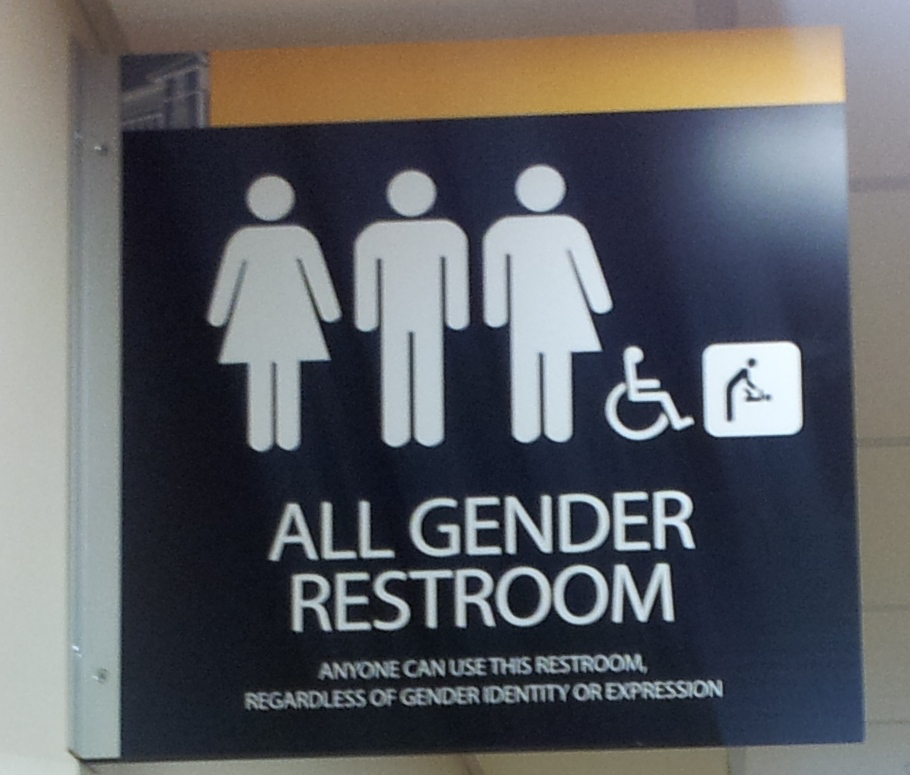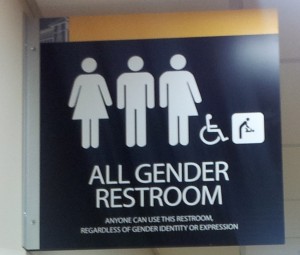

Guest post today is from Donn LeVie, Jr. He is an author, keynote speaker, and a former fortune 500 hiring manager for 25-years. His bio is at the end of this article.
Today’s workplace is one that offers many different challenges from just a decade ago. Not only do we have to contend with rapid technological and demographic changes, social evolution has altered the workforce makeup that presents new questions and tests. Such a sea of change and transformation creates a condition that I call the “Rare Workplace Event (RWE).” In essence, an RWE is some highly infrequent occurrence in the workplace that significantly impacts company policies/procedures, employee productivity, and other effects.
Over my career, I have been involved with three RWEs: a massive ICE roundup of Haitian refugees outside the oceanographic labs where I worked in south Florida in 1979; workplace violence that resulted in a homicide and suicide in the employee parking lot (1997); and one that involved the complicated issues around the presence of a newly transgendered co-worker (2006).
The Situation: Negotiating the Complex MINDfield
One of the employees on my team was granted a two-month medical leave of absence, during which time he underwent a transgender procedure. Prior to this person’s return to work, the HR department called an all-hands meeting to alert us to this upcoming change in the work environment. No identities were revealed but it didn’t take long for most people in the room to realize who the person in question was.
We were also reminded of company workplace policies on discrimination and that the company would take a zero-tolerance stance with any violations of that policy. The HR spokesperson acknowledged that this change would result in a different work paradigm not only to the individual but to those of us who had and would continue to work with this person.
This change of circumstance immediately raised many questions at the end of the meeting: Which restroom would this person now use? Can HR provide some way of letting other female employees know when this person was in the ladies restroom? Many of the female employees chose to use the restrooms on the far side of the building or those on other floors to avoid encounters with someone they knew and worked with for years as a male in his mid-60s.
For years, we knew this person as “Al” but now had to call her “Alice.”
The speculation on Alice’s return essentially froze productivity for nearly a week because of the unknown and uncertainty of what to expect or how to respond. On her first day back to work, Alice showed up in a see-through chiffon blouse, black leather mini-skirt, and stiletto heels. The “old Al” would have arrived in a Western-style shirt, boots, and jeans. Two weeks later, Alice offered to provide a lunchtime Powerpoint presentation on the transgender procedure and answer any questions people may have. For most employees, that was just too much information and many were vocal to her about it.
The former Al would work quietly in his cubicle, and only occasionally engaged others in casual conversation. The new Alice was immediately a cubicle butterfly, trying to socialize with everyone on the team. Clearly, many team members were uncomfortable with the degree of familiarity Alice was now assuming.
She just wasn’t picking up on the subtle cues that indicated co-workers were not yet comfortable with the change. Needless to say, such a situation overturned the team dynamic, though through no malicious or purposeful fault on Alice’s part as people tried to adjust to the “new” person in their midst.
Eventually, several employees and managers went to HR to complain that Alice was a little too aggressive with her new identity and interest in sharing the entire transgender procedure with others. Several months later, Alice left the company through a large reduction in the workforce. And like a tsunami in a bathtub, it took some time for the team dynamic to return to its normal level at the company.
Three Perspectives; Three Lessons
As people tried to adjust to this different person/persona on the team, I observed three different but interrelated perspectives—often at odds with each other—as the weeks wore on with Alice back on the team.
First, Alice’s plan to return to work with an assumption that her return would not create any significant ripples was misplaced. She could have avoided the controversy and awkward work environment by (1) avoiding dressing so provocatively in the work environment, where the usual dress code every day was “Casual Friday”—it just places an even more attention on her than was already present as it was just too far over the top; (2) proactively planning to work at another company prior to taking medical leave, where no one would have had knowledge of her previous history as Al.
These suggestions are not to insinuate that Alice should be someone else’s problem; however, it is one way to avoid the potential for bias, microaggression, prejudice, and more serious incidents when returning to the same workplace. These are important considerations that must be well thought out in advance for anyone considering such a procedure.
Second, the HR department’s counseling session was focused on “reminding” current employees about company policy on discrimination. Alice would have benefitted from a more personal session that would address how her change would impact the organization and the individuals in it.
Perhaps her transition and acceptance by others would not have been as rough a ride had she been made aware of potential issues ahead of time though no doubt she likely considered them. Despite the possibility of a smoother return to the workplace, it probably wouldn’t have prevented her being laid off.
Third is the manager’s perspective in such a situation that has to ensure that: (1) mutual respect on the team is maintained; (2) project work continues forward according to schedules; and (3) being sensitive to any words or actions that threatened the well being of the team (which included Alice) due to this rare workplace event. On a personal note, I was uncomfortable with the cruel comments and jokes I heard (out of Alice’s earshot) in the halls.
I don’t pretend to understand all the issues involved with a person’s desire to change their gender; however, my religious upbringing has always reinforced a genuine concern and caring for others of all walks and circumstances, and this situation wasn’t any different though at times it was difficult. Al and I had a good working relationship before the surgery, and Alice and I continued that relationship when she returned to work, despite the challenges these changes brought about.
Successfully Negotiating the Minefield
Six months later, I received a call from an engineering manager at another company who was checking references for a contract engineering editor position. Alice’s name came up as the candidate. She asked me about Alice’s skills, knowledge, and expertise and I gave Alice an excellent reference for that particular position.
Then came the last question: “Has this person ever done anything to upset the team dynamic?” Needless to say, any response to such a question has to be couched very carefully, which I did. The engineering manager acknowledged she thought perhaps that Alice was indeed someone who had undergone a transgendered procedure. Several days later this engineering manager called to let me know that she hired Alice for the position based on my recommendation.
Shortly afterward, I received a thank-you note from Alice for providing the personal reference for the contract position, where she was enjoying a fresh start in a new company. More importantly, Alice thanked me for not treating her any different after she returned from her medical leave of absence.
To be sure, societal norms have changed and those changes have made their way into the workplace. While HR anti-discrimination policies and individual states and cities offer similar guidelines the workplace, without people working together with mutual respect, the workplace becomes a stagnant, maybe even ugly, environment.
Former Fortune 500 hiring manager Donn LeVie Jr. is the author of Strategic Career Engagement (September 2015), and the book that reset the rules for successful job and career strategies: Confessions of a Hiring Manager Rev. 2.0 (June 2012, Winner of the 2012 Global eBook Award and Winner of the 2012 International Book Award for Jobs/Careers). His next book, The Demilitarized Zone: From Deployed to Employed will be available later in 2016. He is a keynote speaker and leads career strategy seminars from the hiring manager’s perspective at conferences, business/trade schools, colleges and universities, and U.S. military veterans organizations. Follow Donn now on Twitter @donnlevie and his blog at http://donnleviejrstrategies.wordpress.com.
About Mark Anthony Dyson
I am the "The Voice of Job Seekers!" I offer compassionate career and job search advice as I hack and re-imagine the job search process. You need to be "the prescription to an employer's job description." You must be solution-oriented and work in positions in companies where you are the remedy. Your job search must be a lifestyle, and your career must be in front of you constantly. You can no longer shed your aspirations at the change seasons. There are strengths you have that need constant use and development. Be sure you sign up to download my E-Book, "421 Modern Job Search Tips 2021!" You can find my career advice and work in media outlets such as Forbes, Inc., Fast Company, Harvard Business Review, Glassdoor, and many other outlets.